
The holy spring of St Winifred, an important center of medieval pilgrimage still venerated today, is said to have risen where St Beuno restored his niece St Winifred to life after her head had been severed by Cardoc, a rejected local chieftan suitor. St Beuno is a well-attested 7th-century figure, responsible for bringing Celtic monasticism to much of north Wales.
The spring became renowned for its healing powers and throughout the centuries and even until today, pilgrims travel here in their thousands from all over the world to bathe in its waters and worship at its shrine that has become known as the Lourdes of Wales. The holy well is mentioned in an old rhyme as one of the Seven Wonders of Wales
 (photo credit)
(photo credit)The Jesuits have traditionally supported the holy well.
It is also believed to be connected to St Mary's well and chapel in Cefn Meiriadog, Denbighshire.
As one of the few locations mentioned by name in the anonymous medieval alliterative poem Sir Gawain and the Green Knight, it is interesting to compare the site's beheading history with the beheading game in the poem.




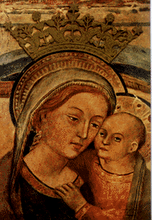






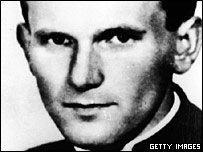
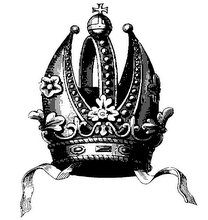
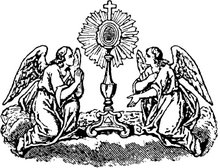
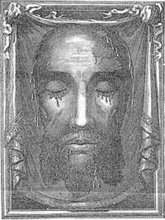







01.jpg)




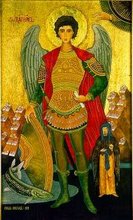



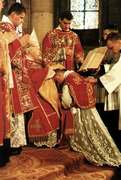


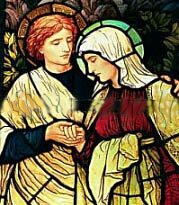













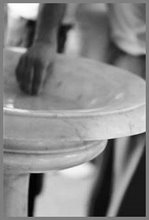
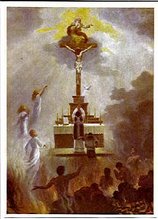


1 comment:
Thanks for this.
Post a Comment